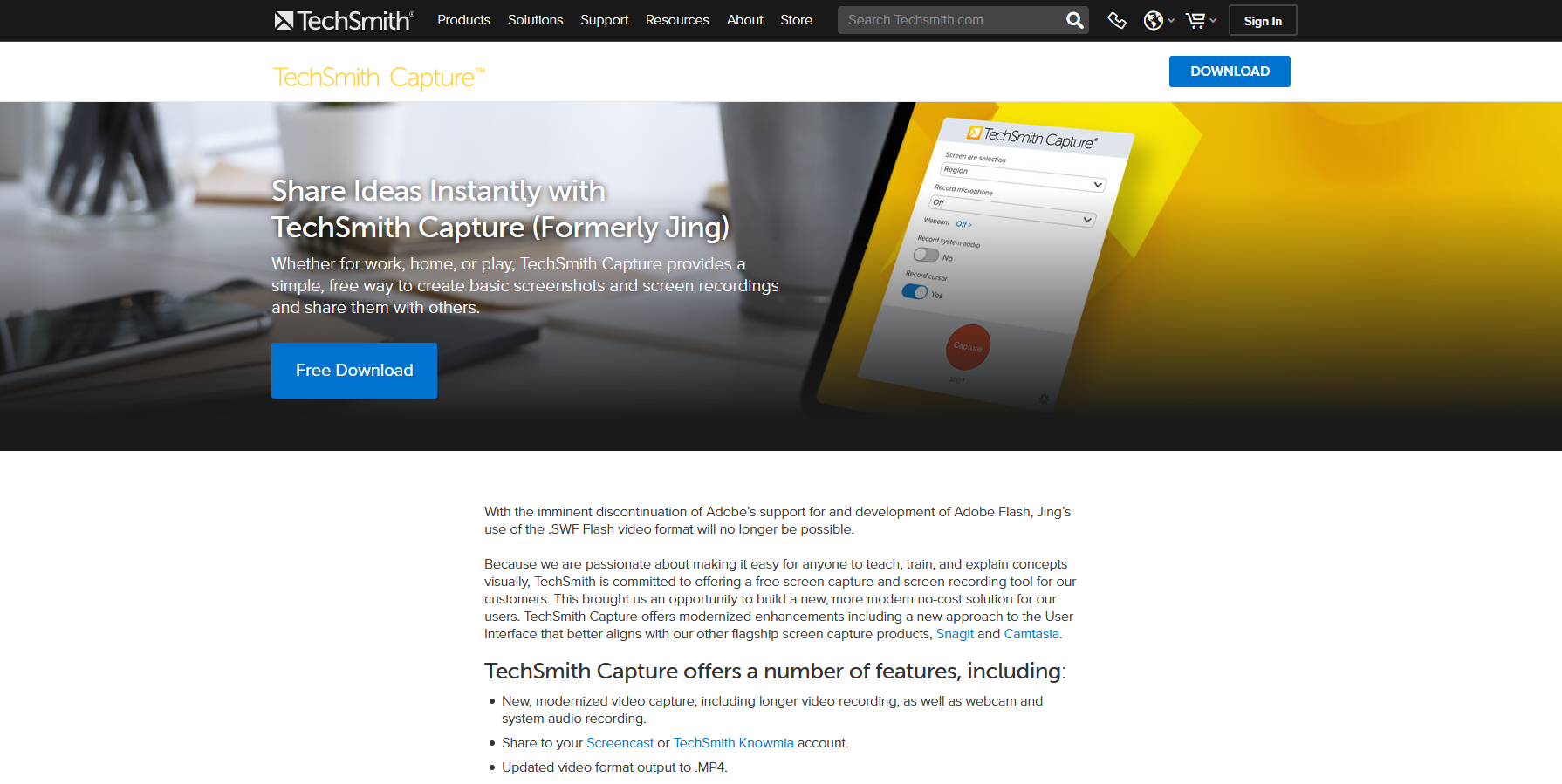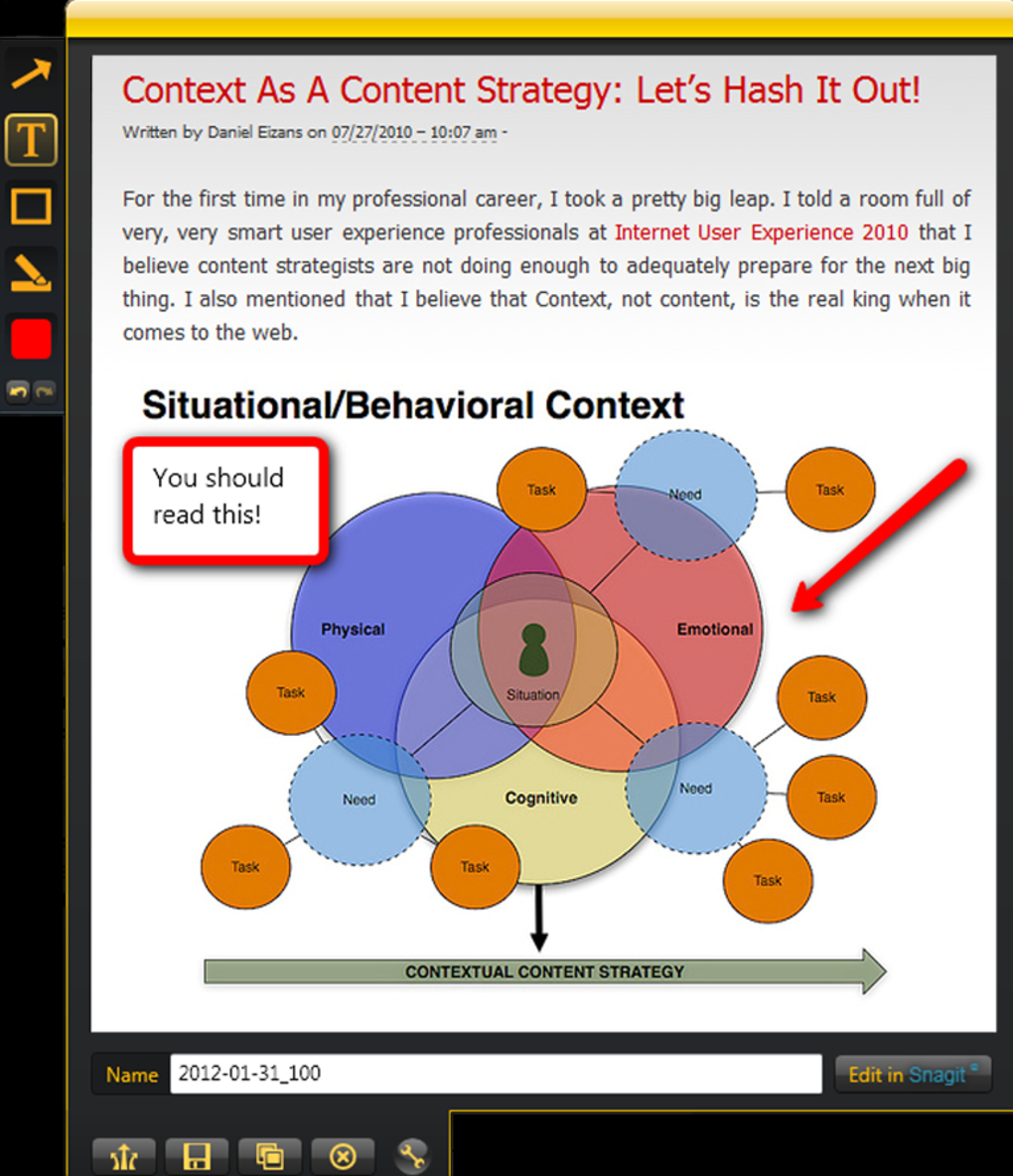

This doesn’t tend to have a direct effect on the output file, though. There’s no denying that Jing works very well. This means that it can interact easily with the OS. The program is constantly up-to-date with updates for the operating system. Jing comes with a few extra features as well. Every file you create is stored here for future reference. Every action is recorded in the history section. You can tell Jing to record or snap specific parts of your screen. These include text, colors, and miniature graphics. This program has extra editing tools to boot. There’s more than just a screen capture function. Still, it’s more in-depth for more advanced users. Beginners won’t struggle to complete basic captures and follow through with sharing. Because of this, and because Relay’s server licenses ( ) do not scale up for campus-wide deployments (they are limited to 7 simultaneous encoding jobs), Relay may be better suited for deployment by individual schools and departments instead of entire institutions, so it is not currently a good candidate to be the central component of DukeCapture.This program comes with plenty of tools. Relay doesn’t appear to be attempting to compete with full-fledged solutions like Mediasite and Panopto that offer true enterprise lecture capture. Release notes for recent version of Relay can be found here: Subscription-based hosting service added in 2012.iOS and Android apps (called Fuse) for making recordings.Automatic captioning via speech to text and a built in captioning editor (captioning is based on user accounts, so should get more accurate over time.


Relay has added new publishing options since we last looked at them that include the ability to generate a URL to an embedded video. It was formerly used by the School of Nursing at Duke, and users have responded favorably to its simple interface. It focuses on a manual workflow designed for simple capture and streamlined external publishing integrations. Relay is a software-based lecture recording tool.


 0 kommentar(er)
0 kommentar(er)
